83% of American employees who are stressed about their jobs---up from 73% just a year before—say that poor
compensation and an unreasonable workload are their number-one sources of stress. And if you suspected that the
workplace had gotten more stressful than it was just a few decades ago, you’re right. Stress levels increased 18% for
women and 24% for men from 1983 to 2009. Stress is also starting earlier in life, with some data suggesting that
today’s teens are even more stressed than adults.
[C] Stress is taking a significant toll on our health, and the collective public health cost may be enormous.
Occupational stress increases the risk of heart attack and diabetes, accelerates the aging process, decreases longevity,
and contributes to depression and anxiety, among numerous other negative health outcomes. Overall, stress-related
health problems account for up to 90% of hospital visits, many of them preventable. Your job is “literally killing
you,” as The Washington Post put it. It’s also hurting our relationships. Working parents say they feel stressed, tired,
rushed and short on quality time with their children, friends and partners.
[D] Seven in ten workers say they struggle to maintain work-life balance. As technology (and with it, work
emails) seeps (渗入)into every aspect of our lives, work-life balance has become an almost meaningless term. Add a
rapidly changing economy and an uncertain future to this 24/7 connectivity, and you’ve got a recipe for overwork,
according to Phyllis Moen. “There’s rising work demand coupled with the insecurity of mergers, takeovers,
downsizing and other factors,”Moen said. “Part of the work-life issue has to talk about uncertainty about the
future.”
[E] These factors have converged to create an increasingly impossible situation with many employees
overworking to the point of burnout. It’s not only unsustainable for workers, but also for the companies that employ
them. Science has shown a clear correlation between high stress levels in workers and absenteeism (旷工),reduced
productivity, disengagement and high turnover. Too many workplace policies effectively prohibit employees from
developing a healthy work-life balance by barring them from taking time off, even when they need it most.
[F] The U.S. trails far behind every wealthy nation and many developing ones that have family-friendly work
policies including paid parental leave, paid sick days and breast-feeding support, according to a 2007 study. The U.S.
is also the only advanced economy that does not guarantee workers paid vacation time, and it’s one of only two
countries in the world that does not offer guaranteed paid maternity leave. But even when employees are given paid
time off, workplace norms and expectations that pressure them to overwork often prevent them from taking it. Full-
time employees who do have paid vacation days only use half of them on average.
[G] Our modem workplaces also operate based on outdated time constraints. The practice of clocking in for an
eight-hour workday is a leftover from the days of the Industrial Revolution, as reflected in the then-popular saying,
“Eight hours labor, eight hours recreation, eight hours rest.”
[H] We’ve held on to this workday structure—but thanks to our digital devices, many employees never really
clock out. Today, the average American spends 8.8 hours at work daily, and the majority of working professionals
spend additional hours checking in with work during evenings, weekends and even vacations. The problem isn’t the
technology itself, but that the technology is being used to create more flexibility for the employer rather than the
employee. In a competitive work environment, employers are able to use technology to demand more from their
employees rather than motivating workers with flexibility that benefits them.
[I] In a study published last year, psychologists coined the term “workplace telepressure” to describe an
employee’s urge to immediately respond to emails and engage in obsessive thoughts about returning an email to
one’s boss, colleagues or clients. The researchers found that telepressure is a major cause of stress at work, which
over time contributes to physical and mental burnout. Of the 300 employees participating in the study, those who
experienced high levels of telepressure were more likely to agree with statements assessing burnout, like “I’ve no
energy for going to work in the morning,” and to report feeling fatigued and unfocused. Telepressure was also
correlated with sleeping poorly and missing work.
[J] Harvard Business School professor Leslie Perlow explains that when people feel the pressure to be always
“on,” they find ways to accommodate that pressure, including altering their schedules, work habits and interactions
with family and friends. Perlow calls this vicious cycle the “cycle of responsiveness”: Once bosses and colleagues
experience an employee’s increased responsiveness, they increase their demands on the employee’s time. And
because a failure to accept these increased demands indicates a lack of commitment to one’s work, the employee
complies.

 2024-12-06 4
2024-12-06 4
 2024-12-06 11
2024-12-06 11
 2024-12-06 29
2024-12-06 29
 2024-12-06 26
2024-12-06 26
 2024-12-06 29
2024-12-06 29
 2024-12-06 11
2024-12-06 11
 2024-12-06 35
2024-12-06 35
 2024-12-06 12
2024-12-06 12
 2024-12-06 37
2024-12-06 37
 2024-12-06 26
2024-12-06 26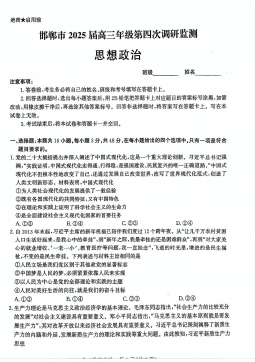
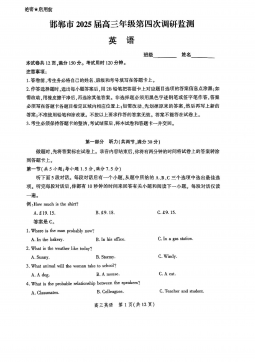
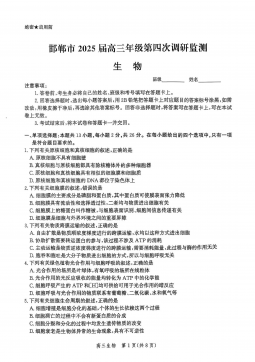
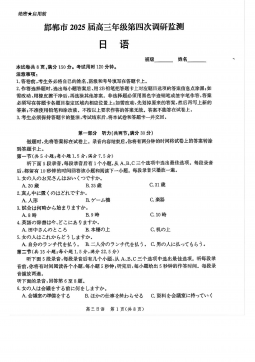
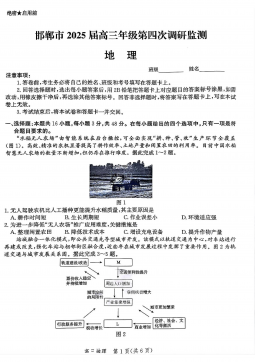




 渝公网安备50010702506394
渝公网安备50010702506394
